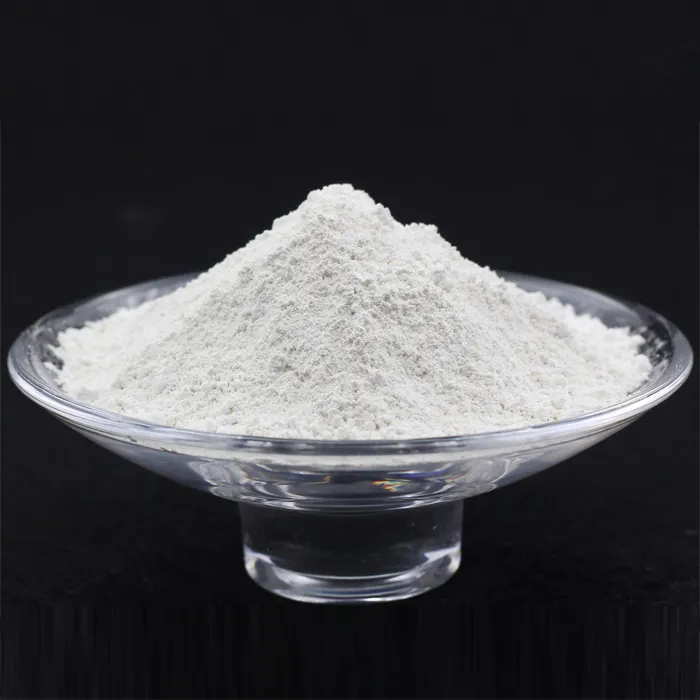Chemicals Used in Sewage Treatment Plants
Sewage treatment plants (STPs) play a crucial role in managing wastewater, ensuring that harmful substances are effectively removed before the water is discharged into the environment or reused. A diverse array of chemicals is utilized throughout the sewage treatment process, each serving a unique function to enhance the efficiency and effectiveness of water purification.
One of the primary categories of chemicals used in STPs is coagulants. These substances, including aluminum sulfate and ferric chloride, aid in aggregating suspended particles in the wastewater, facilitating their removal through sedimentation. When added to the sewage, coagulants create larger particles, or flocs, which can then be easily separated from the water.
In addition to coagulants, flocculants are also employed to improve the settling of these flocs. Polyacrylamide is a common flocculant used in many sewage treatment processes. This chemical binds the small particles into larger clusters, enhancing the efficiency of sedimentation and thereby improving the overall clarity of the treated water.
chemical used in sewage treatment plant

Another essential group of chemicals are disinfectants. After the primary and secondary treatment processes, it is crucial to eliminate any remaining pathogens to ensure public health safety. Chlorine is one of the most widely used disinfectants, though alternative methods such as ozone treatment and ultraviolet (UV) light have gained popularity for their effectiveness and reduced production of harmful by-products.
In addition to these chemicals, pH adjustment agents like sulfuric acid or sodium hydroxide are added to maintain optimal pH levels during the treatment process. A balanced pH is vital for the effectiveness of both coagulation and disinfection processes, as extreme pH levels can hinder chemical reactions necessary for wastewater treatment.
Lastly, nutrients such as phosphorus and nitrogen are often managed through chemical interventions to prevent eutrophication in receiving water bodies. Chemical precipitants, like lime or alum, are employed to remove excess phosphorus from wastewater, thereby improving the quality of the effluent and reducing the risk of algal blooms in lakes and rivers.
In conclusion, the effective treatment of sewage involves a range of specialized chemicals, each playing a vital role in transforming polluted water into a safe resource. As technology advances, the formulations and applications of these chemicals continue to evolve, supporting more sustainable and efficient sewage treatment practices.

